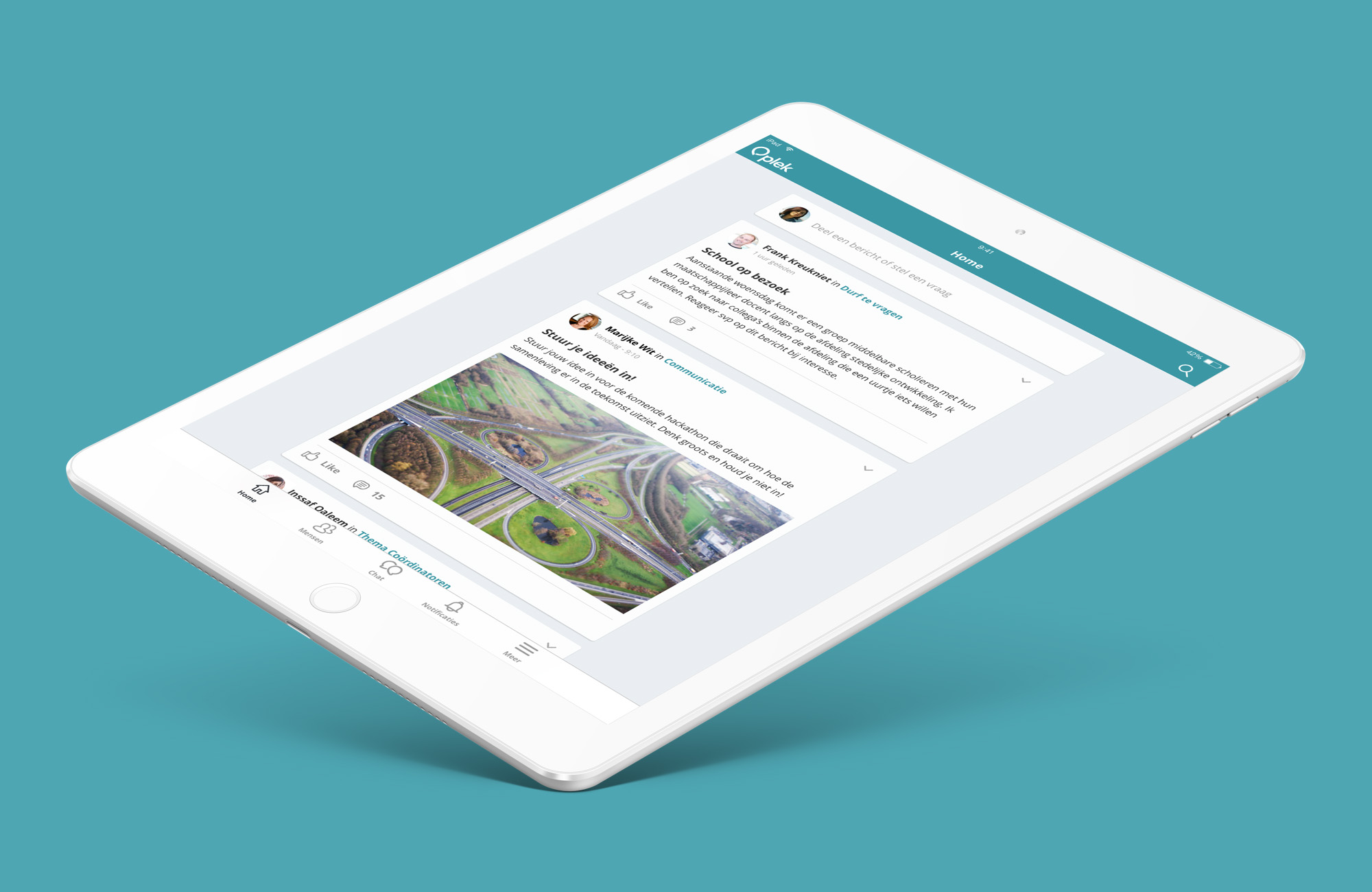
Better collaboration through Plek
Plek is an online B2B communication platform. Over a hundred clients, ranging from Heineken, the Dutch government, KPMG and smaller companies and organisations use the tool daily to increase productivity and help people work better together.

Goal
Optimize and redesign Plek’s UX and UI to help users’ daily workflow.
Optimize and redesign Plek’s UX and UI to help users’ daily workflow.
Responsibilities
- Lead product design for desktop and native apps
- Oversee and guide engineering team
- Drive design vision and standards
- Manage design sprints in monthly release cycle
- Oversee user tests
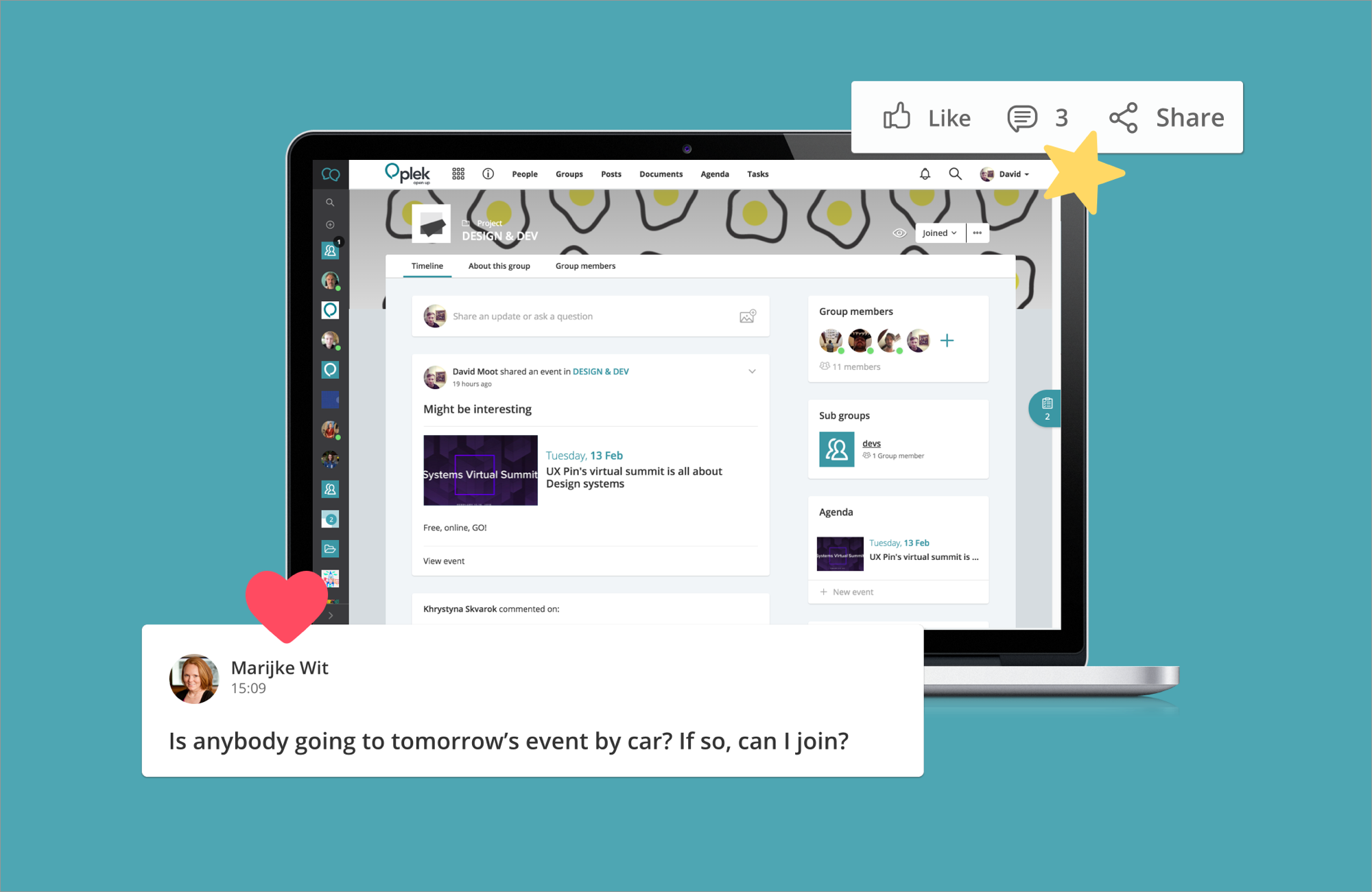
Plek has a monthly release cycle where new features, bug fixes and optimizations to the platform are shipped. New features are the result of a combination of the needs and wishes of users and the team’s vision and roadmap. Plek is available across platforms for desktop and native apps for iOS and Android.
Short summary of shipped features:
– Documents
– Payments
– 2 factor verification
– Tasks
– Booking Tool
– Agenda overhaul
Short summary of shipped features:
– Documents
– Payments
– 2 factor verification
– Tasks
– Booking Tool
– Agenda overhaul

As lead product designer I help oversee the design and engineering team before, during and after each release as well as design user flows and UX/UI and develop business rules. All with a team goal of building a great product and experience end to end.
The aim is always to keep things simple whilst creating an experience and environment where information security is very important. The biggest challenge is to balance complex business rules with ease of use and presentation of personalised content.
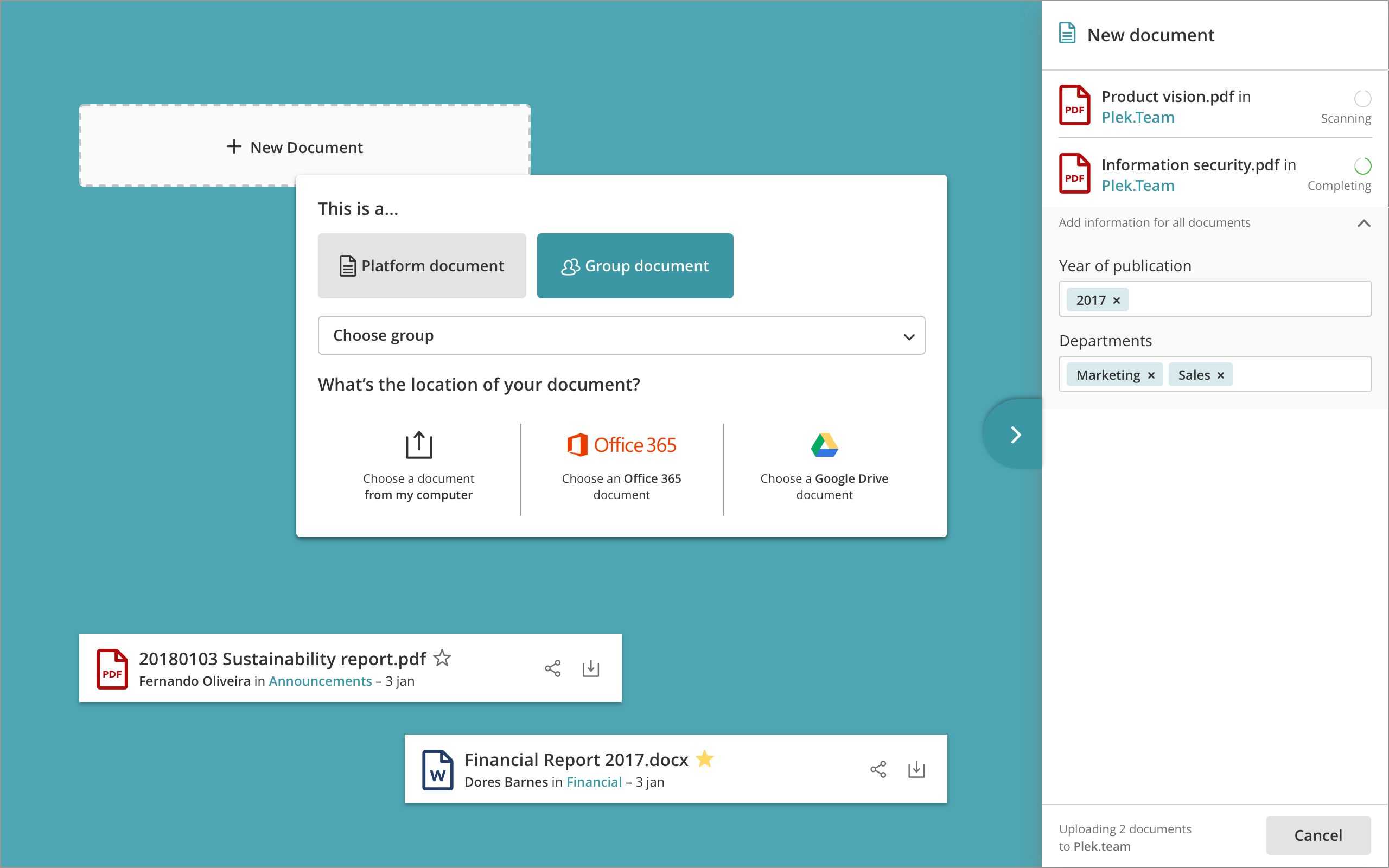
Plek saw some major optimizations and redesigns of existing features. ‘Documents’ is one of the areas the team worked on during multiple releases. This resulted in a strong core component of the product. Uploading and sharing documents became faster, easier and more seamless, document versioning was introduced and integration with Office 365 and Google Drive was achieved.
See the case ︎
See the case ︎
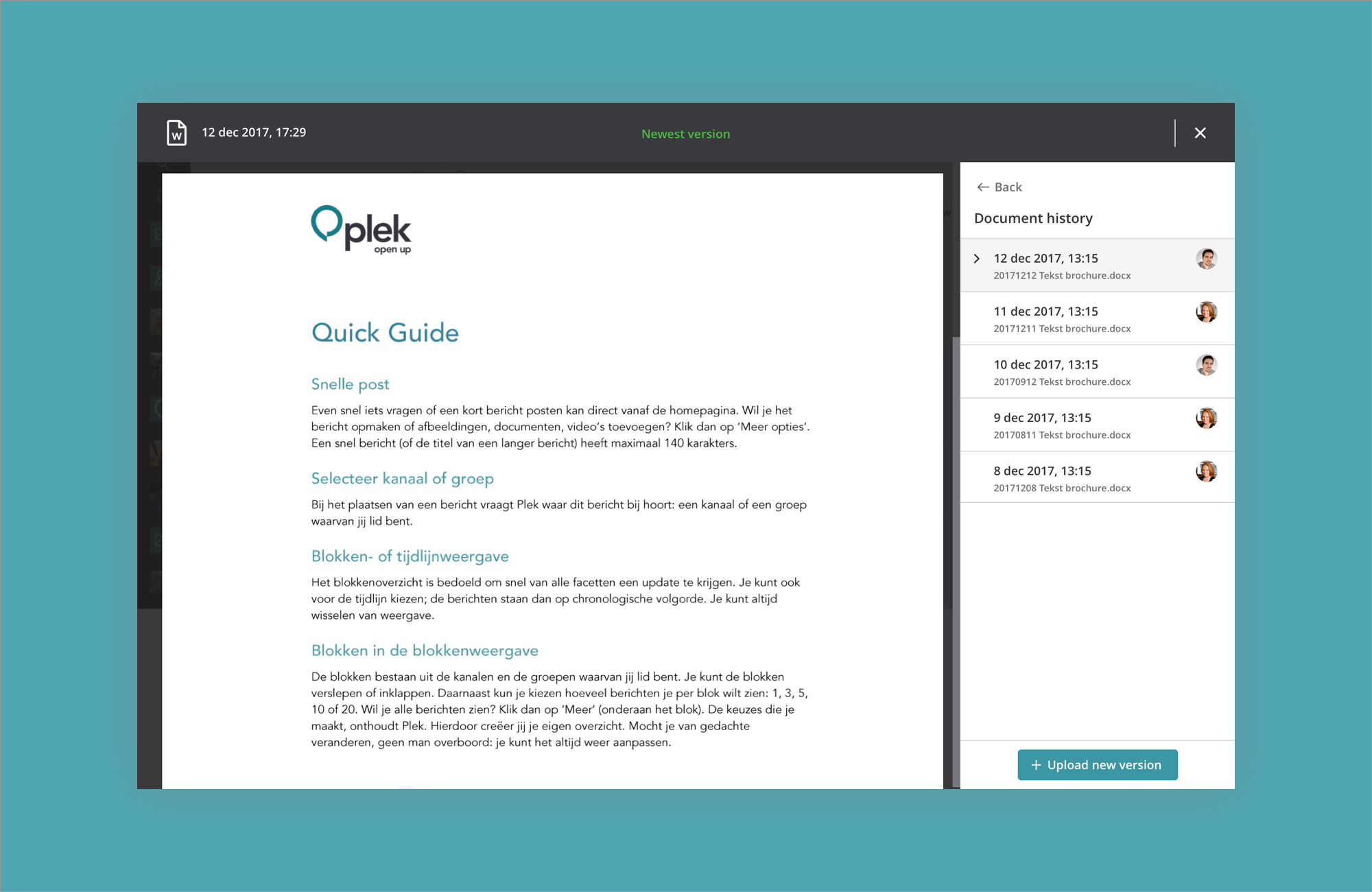
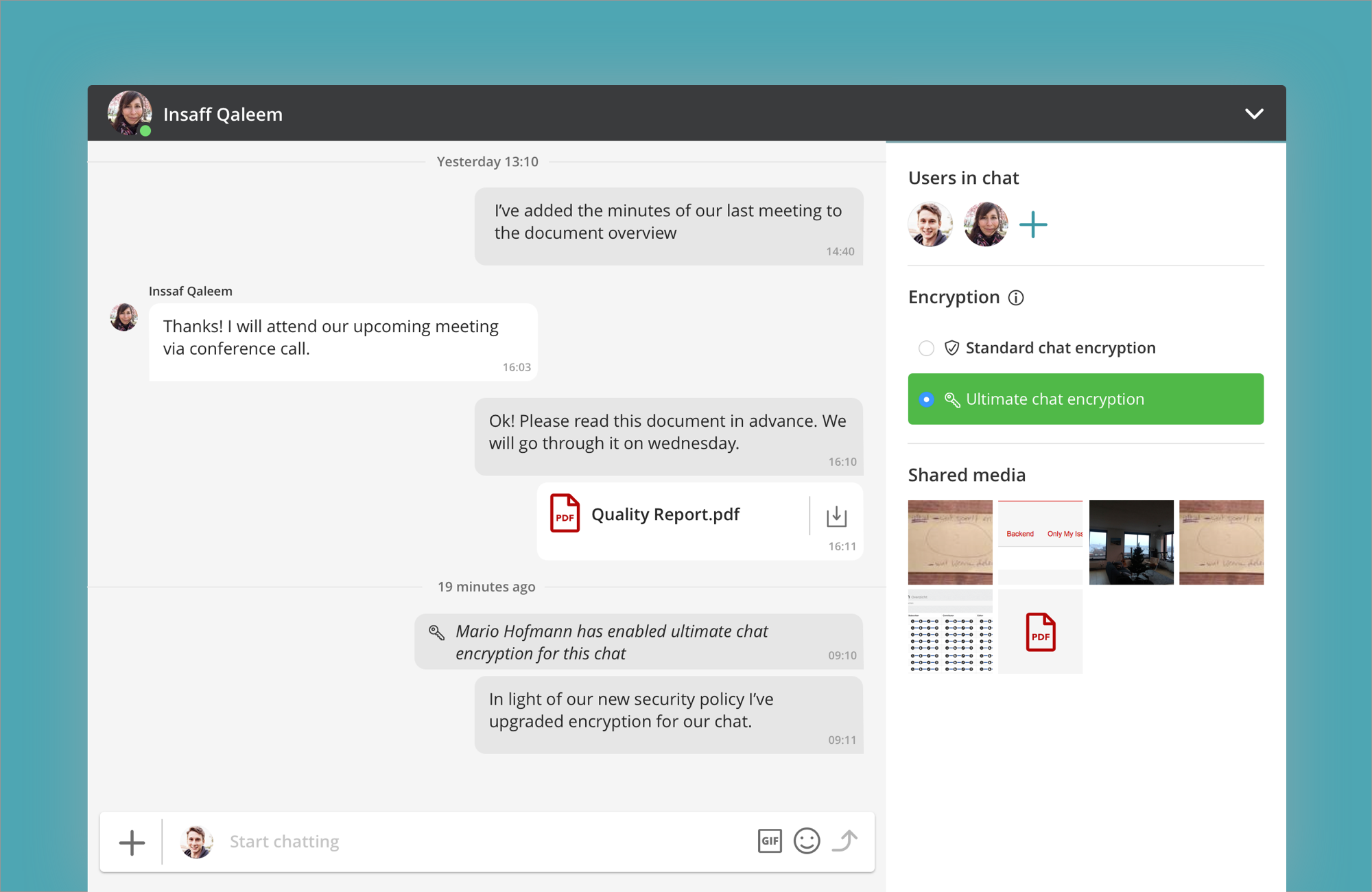
Security is one of the major focusses for Plek. In addition to the already existing strong information security an extra level was introduced in the form of two factor verification, a unique take on end-to-end encryption (Users can access earlier encrypted end-to-end chat messages by verifying themselves via another device where they are logged in) and a temporary upgrade for admins when wanting to perform certain actions on the platform.
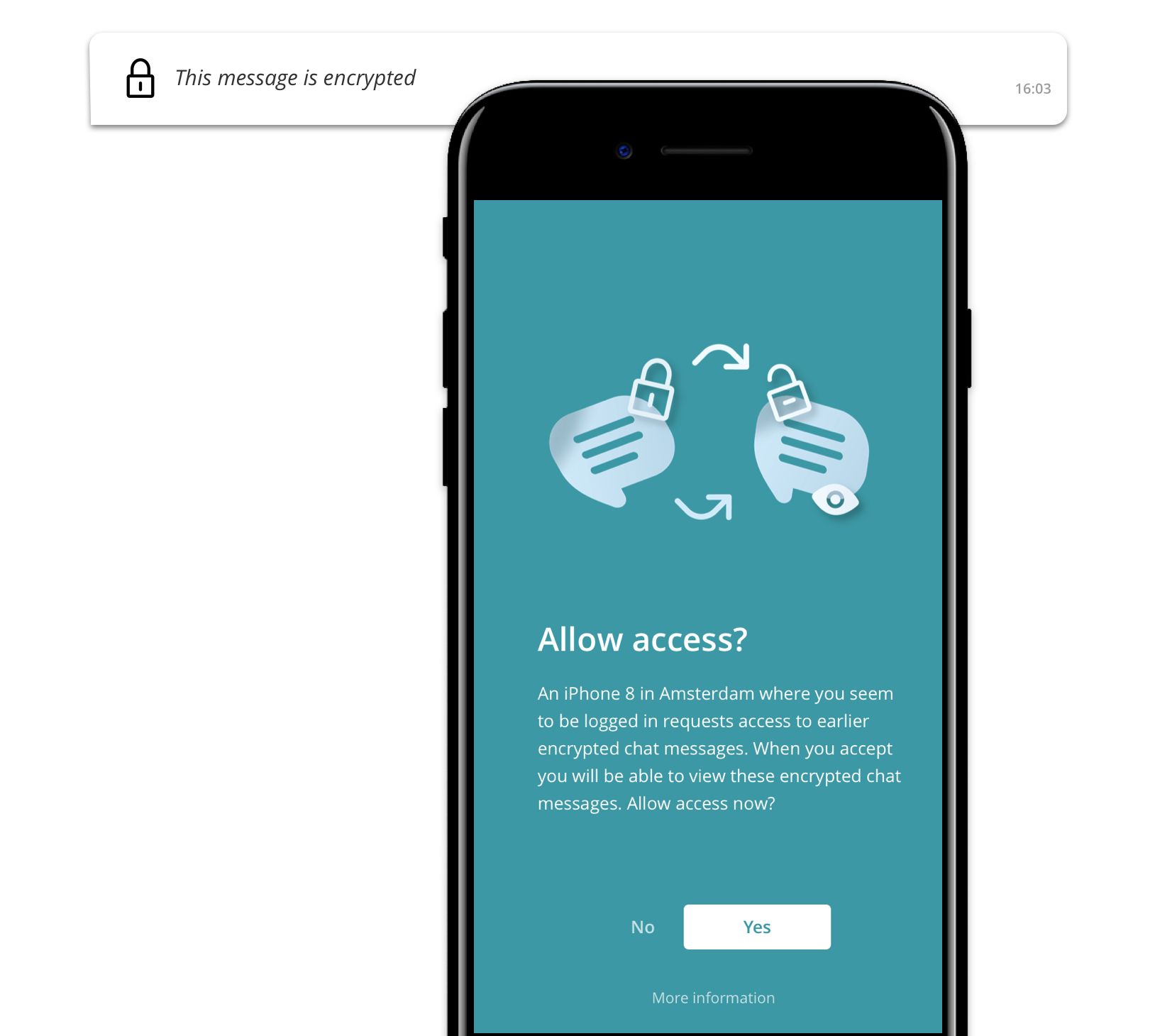
Amsterdam - ︎ mootdavid@gmail.com